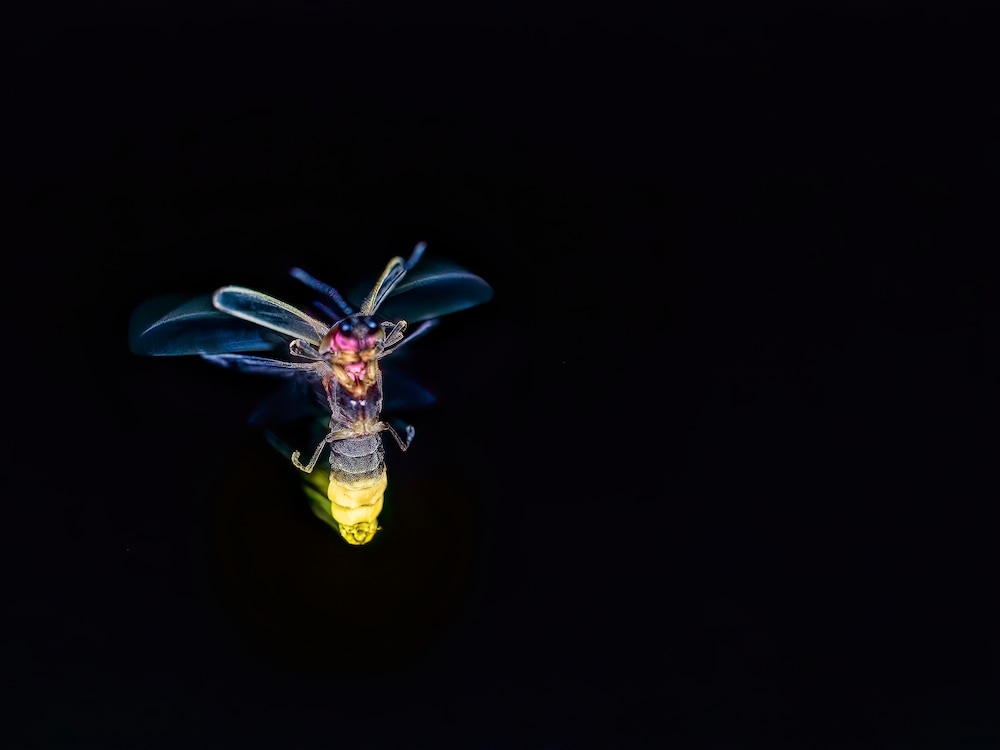Create a free profile to get unlimited access to exclusive videos, sweepstakes, and more!
Insect red light district: Sex, not predation, drives the glow of fireflies
It's a little flashy but it gets the job done.

Fireflies are almost creatures out of a fantasy, lighting up the night sky with natural luminescence like magical sprites. Those lights, and their purpose, have fascinated scientists for ages. On the surface, alerting potential predators to your presence seems like a particularly bad survival strategy. Certainly, countless fireflies have been captured by children romping through fields with nets and glass jars.
Despite that common wisdom, scientists have argued that the bioluminescence of fireflies has the opposite effect, deterring predators by warning them of toxicity or bad taste. This notion is supported by the fact that predators are observed to easily learn avoidance when bad taste is associated with light, leading to 100% predator avoidance. It turns out lighting a beacon is a pretty impressive survival strategy. For a while that was thought to be the initial cause of the fireflies’ glowing backsides, but that notion is now being challenged.
A recent study by scientists at Brigham Young University, the University of Georgia, and colleagues, suggests fireflies probably started lighting up for a sexier reason. Their findings are available as a preprint from bioRxiv, awaiting peer review.
The question of whether luminescence arose as a deterrent to predators or as a sexual signal has been a matter of some debate among scientists, particularly because in modern fireflies it appears to serve both purposes. In fact, fireflies glow both in their larval stage and as adults, potentially for different reasons. A larval firefly has no need of reproductive signaling but would benefit from deterring predators. Adult fireflies might benefit from both.
In order to find out for sure, scientists needed to trace back the evolution of fireflies to determine what sorts of predator-prey relationships were present when they first started lighting up. Fireflies are the most famous of the glowing beetles, but there are other glowing species, which suggests that luminescing hails from a common ancestor of these species many millions of years ago.
In 2019, Gareth Powell, then a doctoral student at Brigham Young University, began looking at the DNA of 88 different species of glowing beetles in an attempt to build a family tree tracing back to their origins. The only trouble was placing that family tree correctly in time, something the team was able to do later, when a separate team of researchers found a fossil of a bioluminescent beetle dating to 99 million years ago.
With that fossil and a few others, Powell and his colleagues were able to determine a statistical estimate for the evolution of fireflies and determine a probable date for the emergence of their luminescence. They came up with a couple of dates, pinpointing the emergence of larval glowing to at least 141 million years ago, and the glowing of adults to 133 million years ago.
Importantly, bats and birds — the primary predators of fireflies — didn’t arrive on the scene until 65 million years ago and 75 million years ago, respectively. Lacking their main predators, scientists argue that glowing wouldn’t have been originally intended as a deterrent and was instead solely devised as a reproductive invitation.
It’s possible, of course, that a deterrent signal might have been intended for extinct predators and only co-opted later on for bats and birds, but at present there is no evidence that extinct flying predators fed on fireflies. Terrestrial predators like frogs likely fed on firefly larva, which might explain why baby fireflies figured out how to glow earlier than adults. This suggests that at least the glowing of adult fireflies was intended solely as a sexual signal when it first arose.
Those signals can tell a complicated story to potential mates as different species use different flash patterns and colors to ring the reproductive dinner bell. Female fireflies consider the qualities of male flashing when deciding whether or not they’ll accept an invitation to mate.
Visual displays as reproductive signals aren’t at all unique in the animal kingdom. All manner of animals use incredible displays to alert potential mates to their fitness — the feathered patterns of birds of paradise are of particular note — but fireflies take that behavior to an extreme by quite literally lighting a flashing neon sign which might be right at home in red light districts around the world.
Evolutionarily speaking, there’s no worse time to die than right before you pass on your genes. If that light also helps them to avoid being eaten while getting busy, well, good for the fireflies.


























